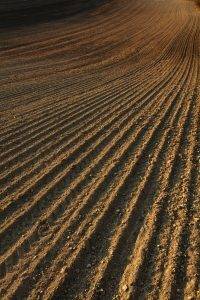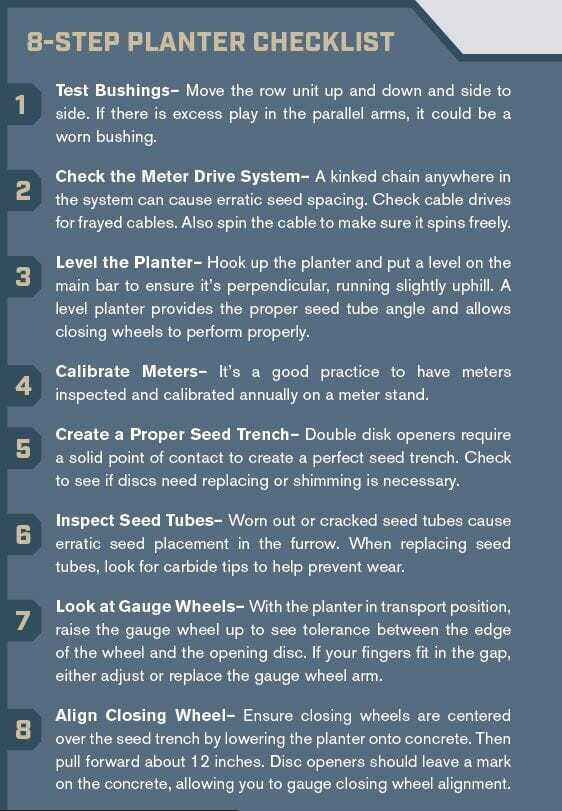By Darin Chapman, Precision Agronomy Advisor
The cost of achieving uniform emergence is a complicated one as achieving uniform emergence is dependent upon receiving adequate moisture, heat units and proper seed-to-soil contact.
If you’ve struggled with achieving uniform emergence, there are three key areas on which to focus. Start at the front of the planter and work your way back:
1. Look at the row cleaners. Assure the planter is clearing trash as it moves through the field.
2. Next, check the downforce to make sure that seeds are being placed at a consistent seed depth across your field. Take the time to dig in the trench behind the planter, which is important but often overlooked.
3. Maintaining consistent seed-to-soil contact and proper closing of the seed trench is vital.
There are many options to control these aspects at varying levels of cost. Look at your own operation and balance the improvements you desire with the potential return on investment. Below are options to consider for even emergence:
· Tillage Practices– Prepare an optimal seed bed.
· Residue Management– Move residue, not topsoil.
· Planter Row Unit Maintenance– Use an annual planter checklist. (See sidebar below.)
· Planter Downforce– Look at planter upgrades for the best down and lift force option for your operation. In certain cases, lift force versus downforce is more beneficial.
· Seed Settlement– Make sure seed is reaching the bottom of trench for seed-to-soil contact.
· Closing the Trench– Confirm the closing system is doing its job to close the trench; make certain there are no air pockets.
Non-uniform stands result in lower yields because the smaller plants that emerge later cannot capture enough sunlight. Without even emergence, your work to achieve even seed spacing and singulation is in vain. The extra time spent now on planter maintenance will be worth it come spring planting.
Contact your Latham Precision Agronomy Advisor to take a deeper look at your operation now. We’re here to help you achieve better emergence.


